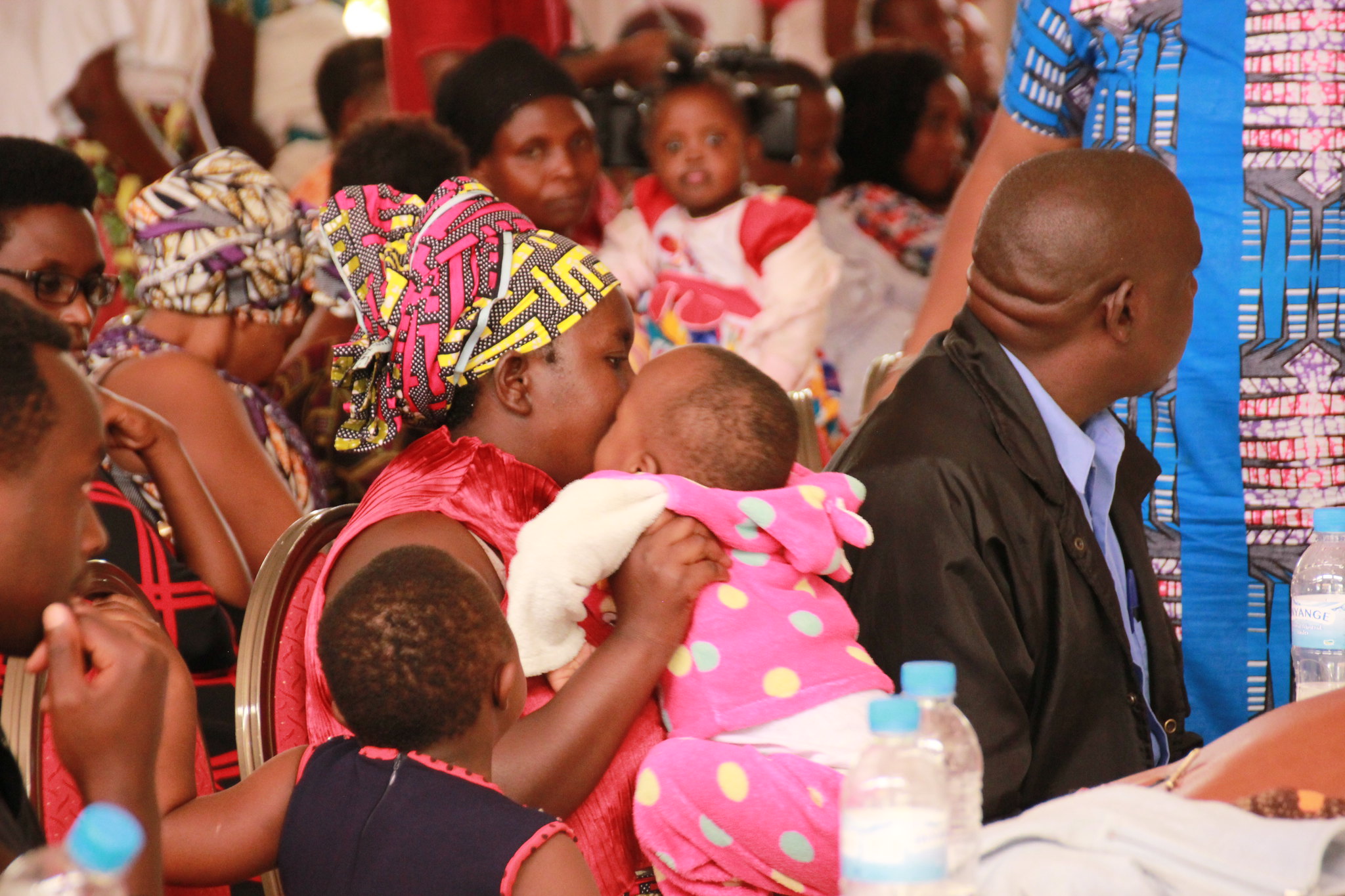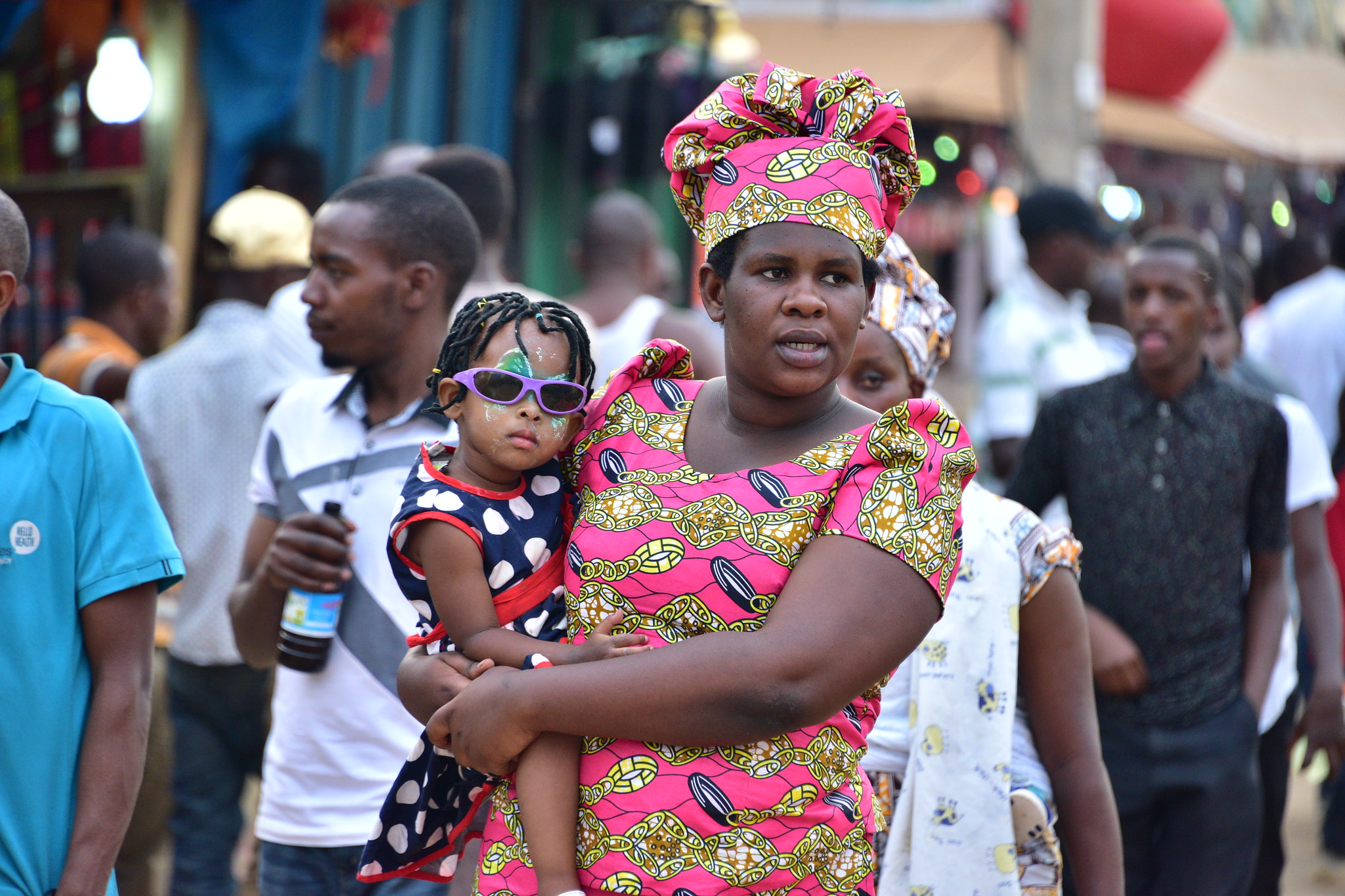
The Rwanda Demographic and Health Surveys (DHS) 2020 report has shown an improvement in use of family planning and less inclination for women having many children especially in urban areas.
The 6th edition of the DHS research, released this Tuesday December 14, 2021 by the national Institute of Statistics of Rwanda (NISR) was conducted on 12, 949 households with 14,634 women (90%) and 6,513 men aged from 15 to 59 years old.
The first research was conducted in 1992.
The DHS 2020 shows fertility rate, the average number of children a Rwandan woman can have, has reduced from 4.2 in the previous survey(2014-2015) to 4.1.
The fertility varied by residence with women in urban areas having fewer children on average (3.4) compared to 4.3 in rural areas.
By province the West leads in fertility rate with 4.5 children followed by the East with 4.2 children and then the Northern Province (4.0). Kigali city records the lowest fertility rate with 3.6 children per woman on average.
“Fertility decreases as education levels increase. Women with primary education have 4.4 children compared to 3.3 children for women with more than primary education,” the report explained in part.
Fertility decreases by household wealth. Women in the poorest households have about five children on average while women in wealthiest households have about 3 children on average, the DHS report showed.
This trend is backed by the DHS figures which also showed an increase of 10% (from 48 to 58%) in use of modern family planning (FP) methods despite unchanged tendencies in using traditional methods since 1992 when the first DHS was conducted.
Apparently, despite the fact that Kigali leads in low fertility rates it remained among the lowest in using modern FP methods- 55% (alongside the West, South) as the North (65%) and Eastern (62%) parts took the lead in using modern methods.
In general, nearly two-thirds (64%) of married women aged 15-49 use any method of family planning: 58% use
a modern method and 6% use a traditional method.
The most popular modern methods among married women are implants (27%), injectable (15%) and the pill (7%).

The total demand for family planning in Rwanda increased to 78% as women who want to delay or stop childbearing are said to have a demand for family planning due to many reasons including exposure, and informed choices.
Stunting among Concern Areas
The research showed that childhood stunting has decreased in Rwanda, from 48% in 2000 to 33% in 2019-20 and the proportion of children underweight declined from 20% to 8% with childhood wasting decreasing from 8% to 1% over the same period.
However, compared to the 2024 targets of reducing stunting to 19%, this decrease was seen as lesser than anticipated, especially that one in three children under five are stunted and yet there are variations by province, from 21% in the City of Kigali to 41% in North province.
“Stunting decreases as mother’s education and household wealth increase. However we (statisticians) wondered and should ask ourselves why the Northern Province which literally produces all foods needed has a high stunting rate?” Yussuf Murangwa, the NISR Director General said.
Neonatal mortality has decreased from 44 deaths per 1,000 live births in 2000 to 19 deaths in 2019-20, while
infant mortality has decreased from 107 to 33 deaths per 1,000 births during the same period. Under-5
mortality has dramatically decreased from 196 to 45 deaths per 1,000 live births.
However, this indicator had serious concerns as the under-5 mortality was higher in rural areas (48 deaths per 1,000 live births) than in urban areas (35 deaths per 1,000 live births).
Though under-5 mortality decreases as mother’s education and household wealth increase, the mortality among the poorest households stood at 72 deaths per 1,000 live births, compared to 30 deaths per 1,000 live births among the wealthiest households.
Jonathan Kamin, the United States Agency for International Development (USAID) Mission Director acknowledged Rwanda’s efforts in improving child health especially progress in reducing mortality rates but said that more work is needed in nutrition of which he committed USAID support to further reduce the numbers since there is concrete data available.
Ministers of Health and Local government, Dr. Daniel Ngamije and JMV Gatabazi said that the DHS findings were an eye opener and will be acted upon in order for the country to achieve its National Strategy for Transformation (NST1) 2024.

